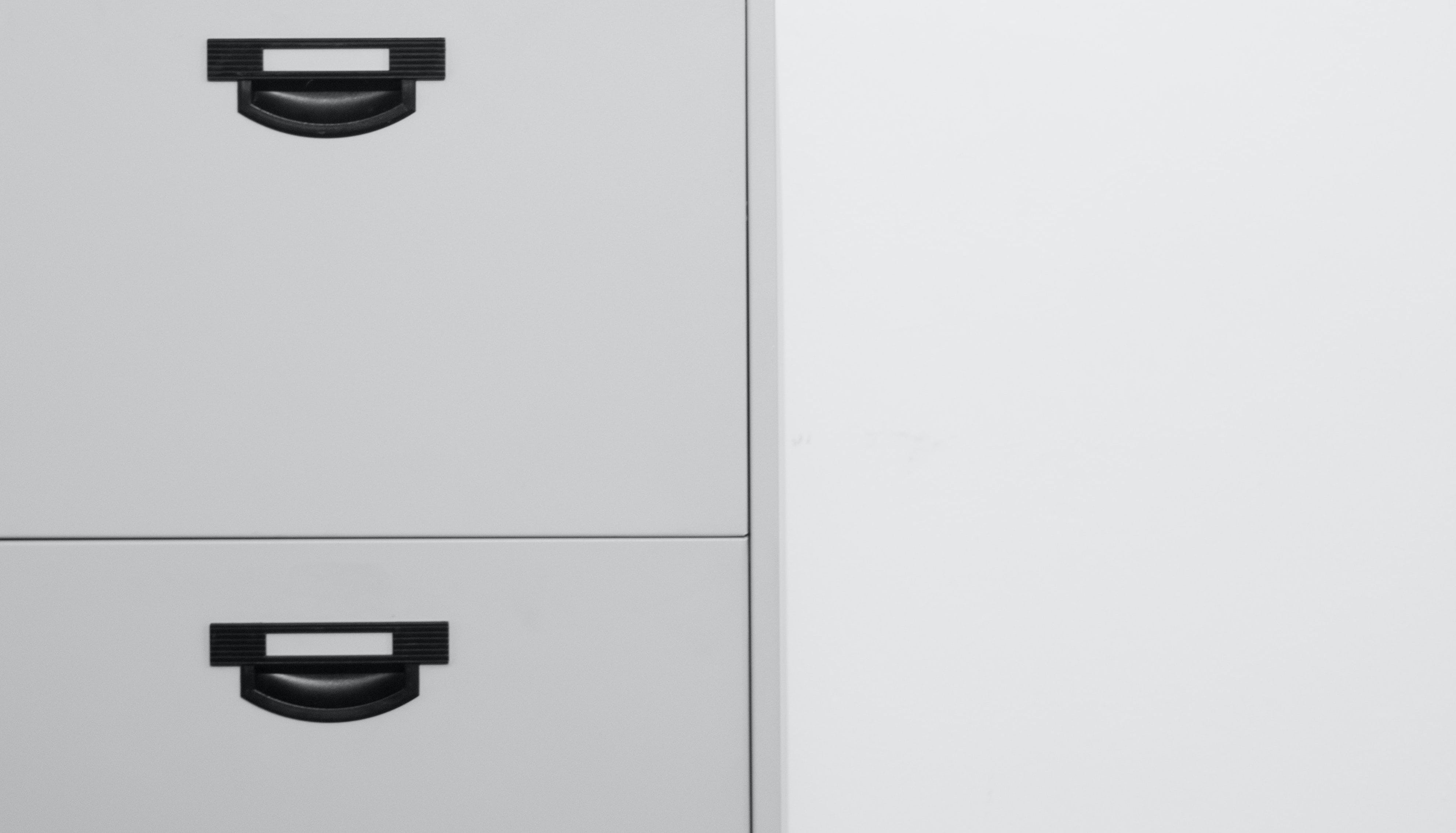Change directories, list their contents, and download files

Photo by Adam Birkett on Unsplash
In Part 1 we learned how to serve multiple clients concurrently, designed a struct to represent an FTP connection, routed client commands to their server-side handlers, and covered the basics of sending responses. Now we’re ready for the meat of FTP: manipulating directories and downloading files.
As a reminder, here’s ftp.Serve, the router that dispatches commands from the client to their handler functions. It’s these handler functions that we’re going to study today.
// Serve scans incoming requests for valid commands and routes them to handler functions.
func Serve(c *Conn) {
c.respond(status220)
s := bufio.NewScanner(c.conn)
for s.Scan() {
input := strings.Fields(s.Text())
if len(input) == 0 {
continue
}
command, args := input[0], input[1:]
log.Printf("<< %s %v", command, args)
switch command {
case "CWD": // cd
c.cwd(args)
case "LIST": // ls
c.list(args)
case "PORT":
c.port(args)
case "USER":
c.user(args)
case "QUIT": // close
c.respond(status221)
return
case "RETR": // get
c.retr(args)
case "TYPE":
c.setDataType(args)
default:
c.respond(status502)
}
}
if s.Err() != nil {
log.Print(s.Err())
}
}
#golang #go #programming #ftp #concurrency

1.75 GEEK